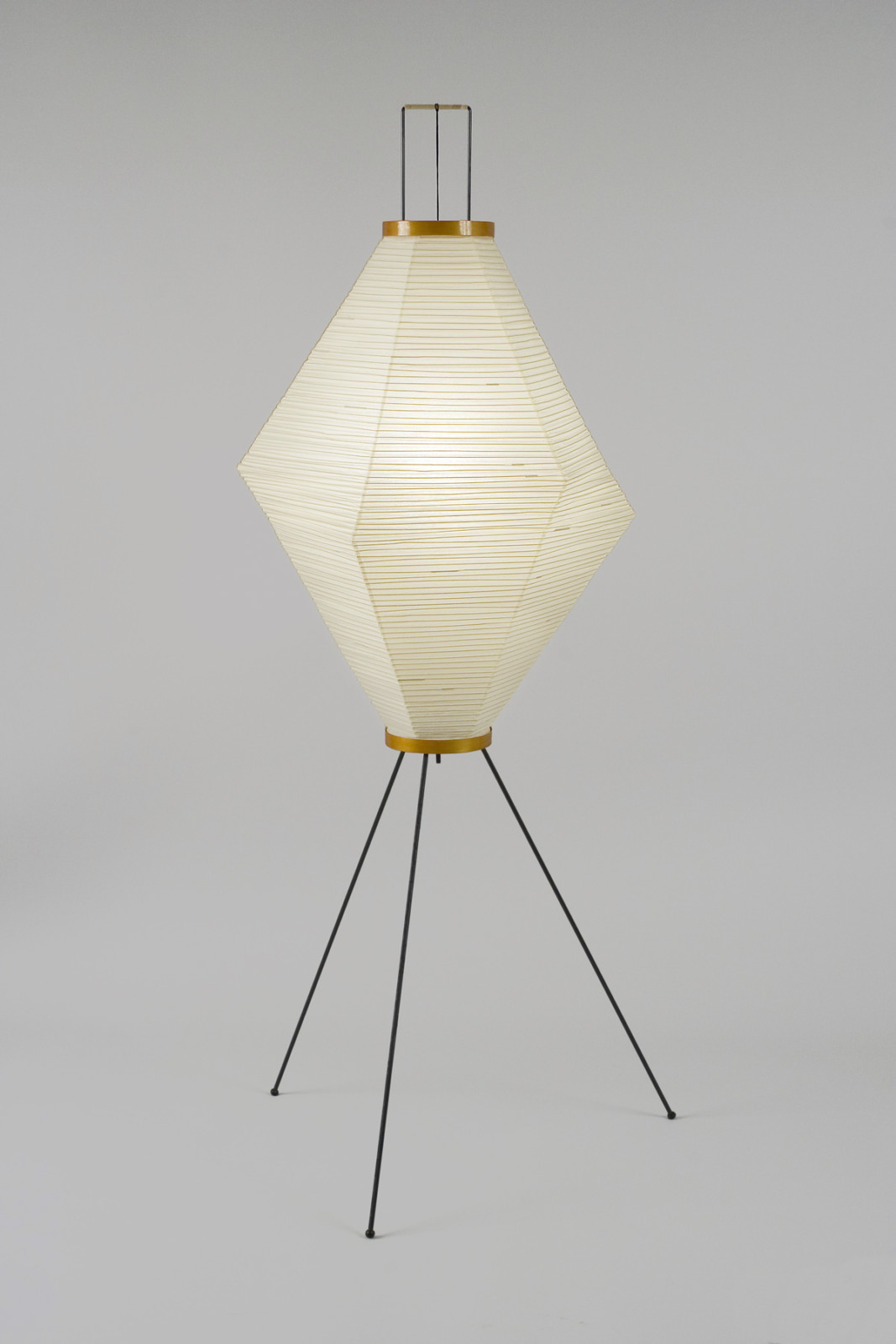Changing and Unchanging Things: Noguchi and Hasegawa in Postwar Japan is a major traveling exhibition focused on the consequential friendship between Isamu Noguchi (1904–1988) and Saburo Hasegawa (1906–1957). In his lifetime, Hasegawa was among the most renowned contemporary Japanese artists in the United States, and credited with introducing European abstraction to Japan in his role as an art historian, critic, and art theorist.
Their relationship was kindled during Noguchi’s visit to Japan in 1950, as both artists sought to understand the fragmented postwar world and the potential of art in reassembling it. Together, they undertook a wide-ranging study of traditional Japanese design, culture, and aesthetics; visiting historic sites, and debating modernization with the ultimate goal of making modern art in Japan through the “true development” of its traditions. Comprising more than 80 contemporary and subsequent works by Noguchi and Hasegawa, the exhibition traces influences of their dialogue.
This exhibition premiered at the Yokohama Museum of Art, January 12 to March 24, 2019; and was on view at The Noguchi Museum from May 1 to July 14, 2019.














